The Solomon Guggenheim Museum in New York is hosting the first American retrospective of the work of László Moholy-Nagy. More than a debut, the exhibition marks a long-awaited return of the artist to the exhibition halls of the museum. Moholy-Nagy was one of the first artists to be collected and exhibited in what was originally called the Museum of Non-Objective Painting, thanks to the vision of Hilla Rebay, Solomon R. Guggenheim’s artistic advisor.
A Hungarian artist, teacher, writer and intellectual, Moholy-Nagy (1895-1946) radically innovated the art of the twentieth century amidst the complicated panorama of ideological and cultural commitment in the years following World War I. A strong supporter of art and technology as factors of social progress, Moholy-Nagy coordinated the basic elements of visual perception—light, color, space, matter, and motion—in what he called “The New Vision” in his groundbreaking 1928 writings. The over 300 artworks on display, which include collages, drawings, photographs, films, sculptures, and paintings from public and private collections, chronologically unfold along the impressive spiral ramps of Frank Lloyd Wright’s masterpiece, lit by a large skylight. These works, which span the artist’s entire career, from 1919 to 1946, the year of his death, attest to his multifaceted genius and his focus on the Gesamtwerk, or total work, in an age of mass production. The chronological order in which the exhibition is organized is interrupted by the so called Present Room (Raum der Gegenwart). Exhibited for the first time in the US, this installation was originally conceived by Moholy-Nagy in 1930, but never built; it houses in its center the extraordinary Light Prop for an Electric Stage (Lichtrequisit einer elektrischen Bühne), a kinetic-futurist gimmick “for painting with light”, conceived for his film: Light Play: Black-White-Gray.
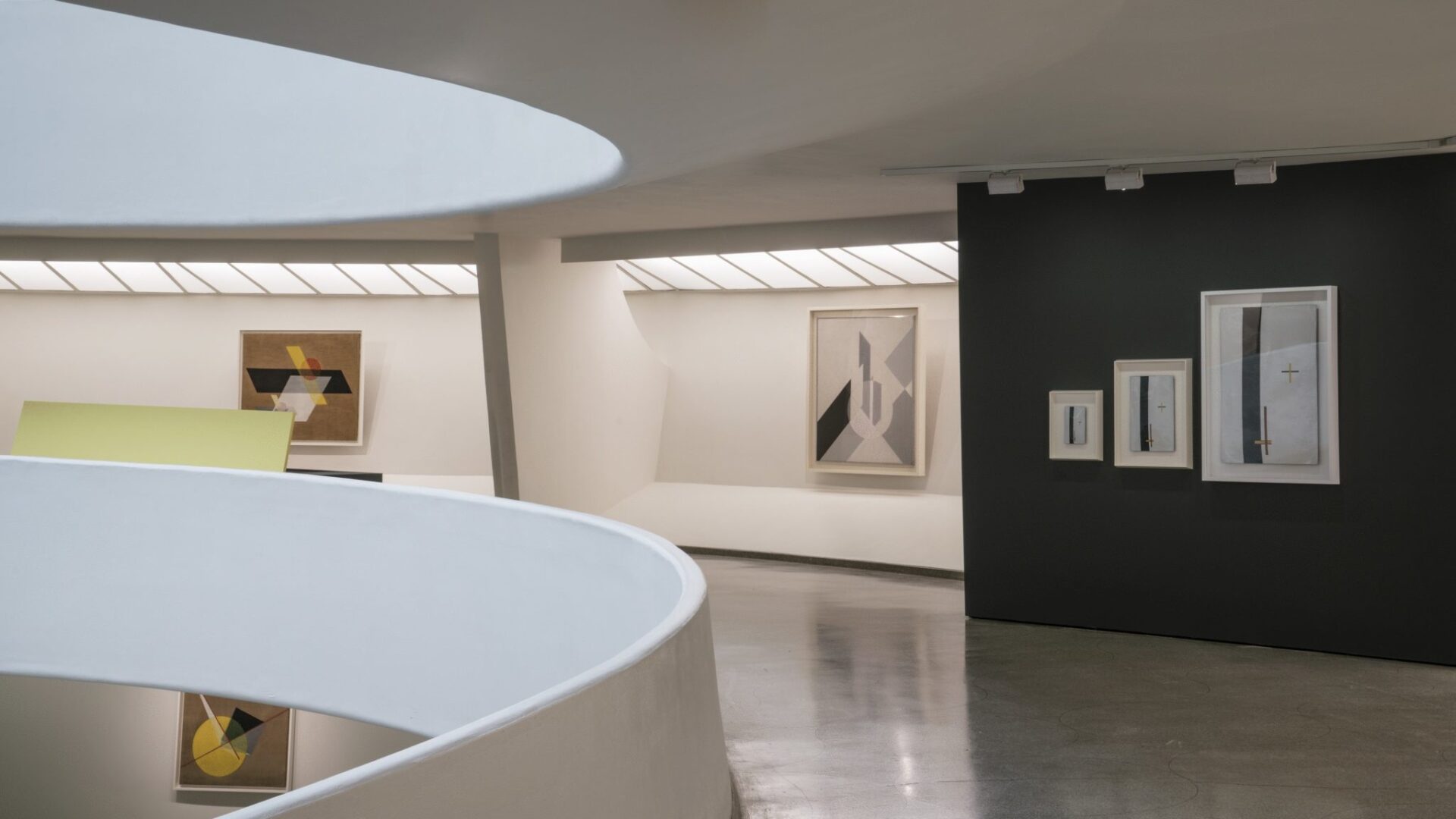
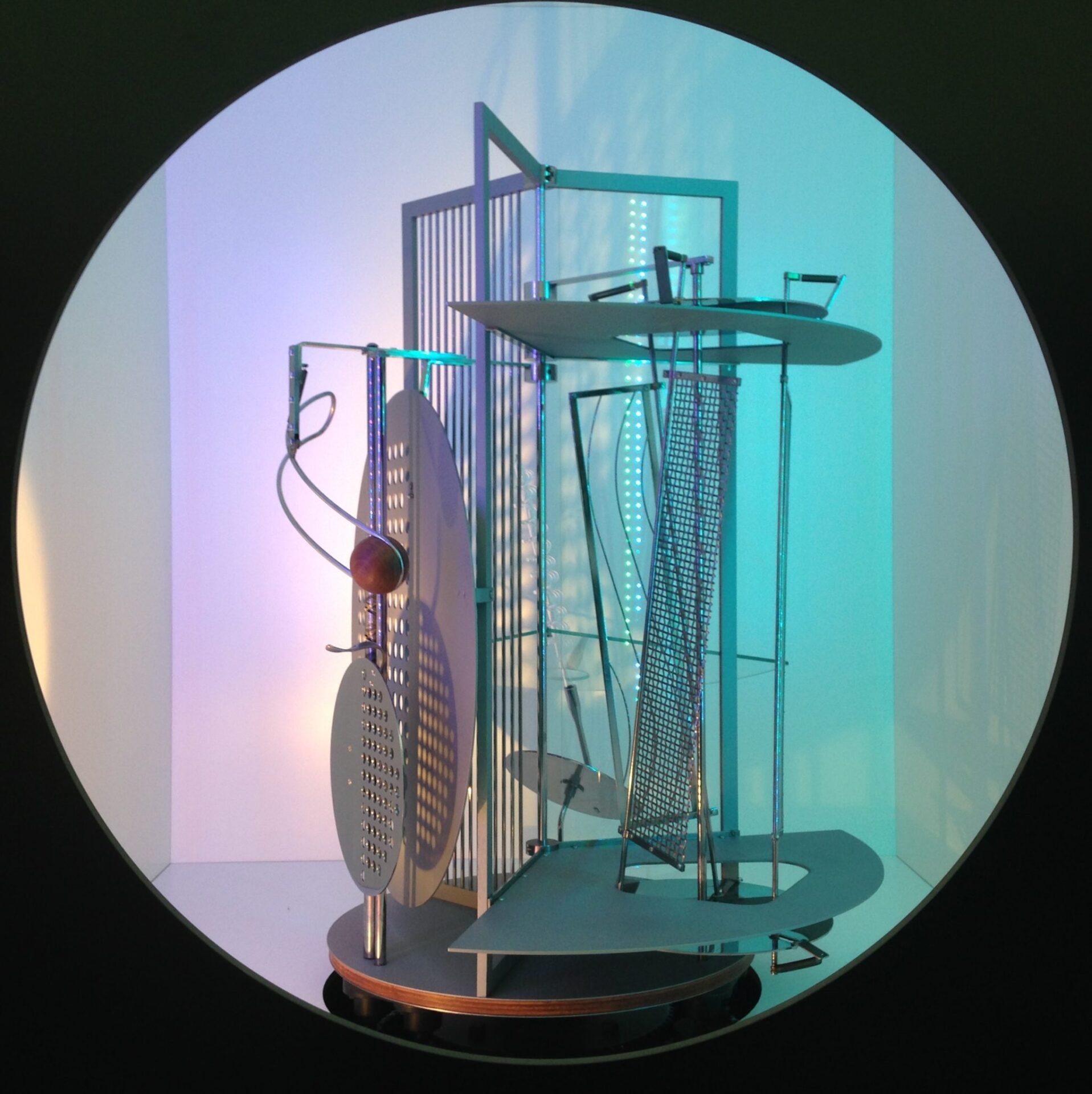
The production of Moholy-Nagy’s early years, exhibited on the lower levels of the spiral, is the least known to the public. Having emigrated to Vienna briefly and then to Berlin in 1920, following the crisis and the socialist revolution, Moholy-Nagy began producing abstract works under the brand of Dadaism and Constructivism; paintings, sculptures, lithographs and collages are crossed by alphanumeric and geometric patterns (diagonals, curves, circles, half-moons, color beams, spirals) that probe and design the surrounding space. The impersonal titles, and the simple arrangements of letters and numbers, confirm his fascination with the serial and depersonalized production of the industrial world, as theorized in one of his most famous writings: Production-Reproduction (1922).
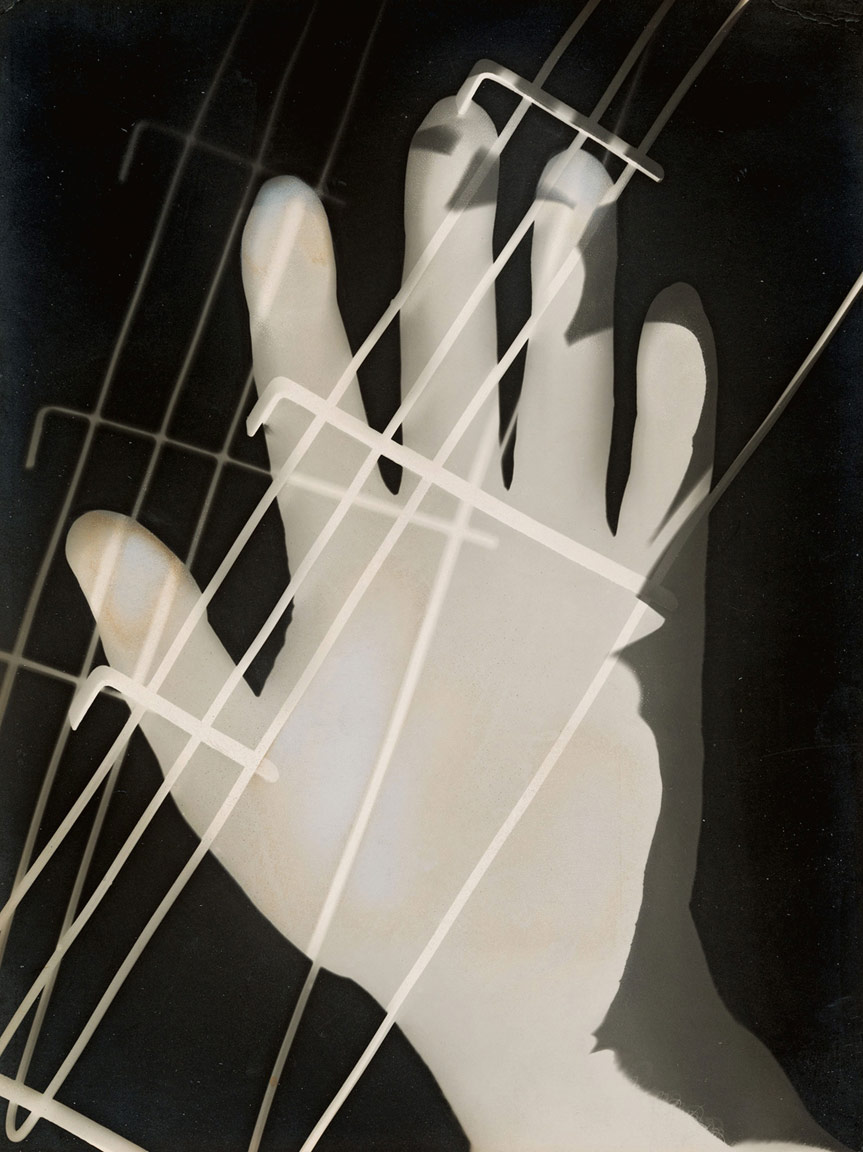
With the help of his wife Lucia, a professional photographer, Moholy-Nagy created his first photograms, to which ample space is dedicated in this exhibition: cameraless photographs made by exposing paper to light. Moholy-Nagy considered this “a new plastic medium, just as color in painting and tone in music.”
As we go up the spiral, we immerse ourselves in the years of the Bauhaus; this is Moholy-Nagy’s best-known work, which is documented with intelligence in this exhibition. Moholy-Nagy, called by Walter Gropius to teach at the art school Bauhaus in Weimar and then in Dessau, alongside Vasilj Kandinsky, Paul Klee and Josef Albers from 1923 to 1928, devoted himself to editorial and theatrical design and curated the famous series of Bauhausbücher together with Gropius. It is exhibited here in glass cases. The eighth volume, Painting Photography Film published by Moholy-Nagy in 1925, established him as a master of modern photography. During these years the artist also intensified his research into new industrial materials, such as enamel (Construction in Enamel, 1923), galalith (G5: 1923-26, 1926) or trolit (T1, 1926), as a means of plastic expression, in order to visually exploit their opacity, shininess and transparency effects and therefore actively engage the viewer.
Banned in painting, the residual reality survives in numerous films and photographs produced by Moholy-Nagy in this period, and was manipulated in countless different ways: Neo-Dada photomontages (Photoplastics had never been seen before), serial photographs of modern architecture (Eiffel Tower in Paris, Funkturm in Berlin), photograms exhibiting his own body (Moonface, 1926; Photogram, 1924) or those made for his friend Siegfried Giedion, the historian and critic of architecture with whom he curated the subversive exhibition of the 1929 Film and Photo. Here the disturbing close-ups, dizzying angles, dramatic low points of view, alienating perspectives and unexpected magnification or shrinking, capture the mysterious variations between light and shadow in the surrounding space, with amazing effects
Having left the Bauhaus for political reasons, and following several trips to Europe, Moholy-Nagy settled permanently in the US in 1937 as director of the New Bauhaus in Chicago. In 1938, he founded the Institute of Design, experimenting with the expressive possibilities of the new materials that had so far been banished from the world of art (aluminum, formica, plexiglass, cel, suberite, but also waste materials). He also began using new working tools and techniques (perforations, refractions, transparencies, distortions, dipinture) in order to achieve kinetic and luminous modulation of space. Perfect examples of this are his Construction AL6 1933/34 or his Ch Beata I (CH stands for Chicago) of 1939.
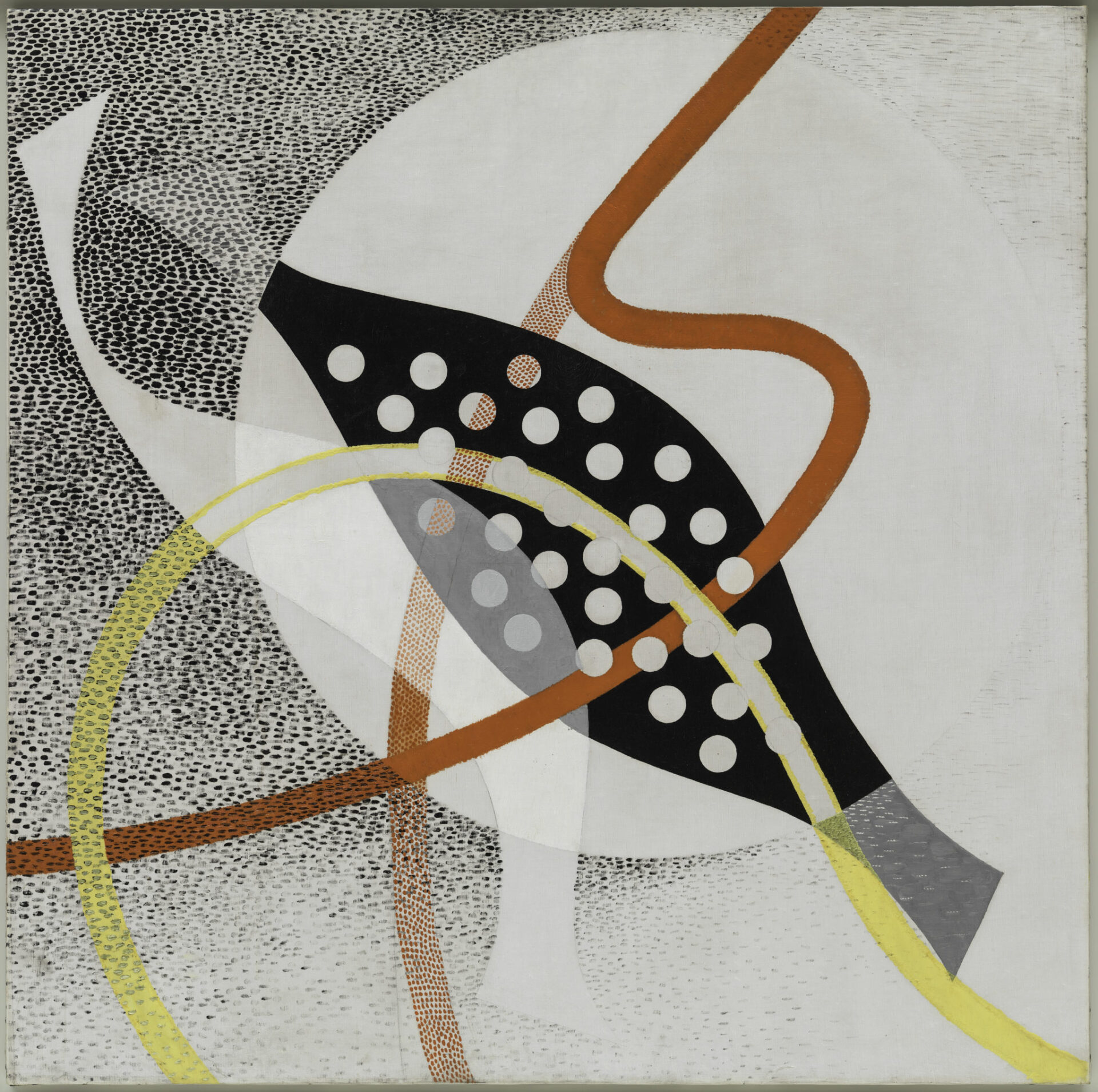
Typical of this last phase of his career, and occupying the top section of the spiral, is an unusual lightness and spectacularization that is reflected in the so-called 1943 Space Modulators, a sort of plexiglass hybrid between painting and sculpture, intended to be exhibited also suspended by a thread, free to float and dispense light effects: “vehicles for choreographed luminosity” in the words of Moholy-Nagy; and the plexiglass Twisted Planes of 1946 that eventually innovated the “bourgeois” conventions of fine art, forever This exhibition, containing all of Moholy-Nagy’s most famous works, is an event not to be missed.
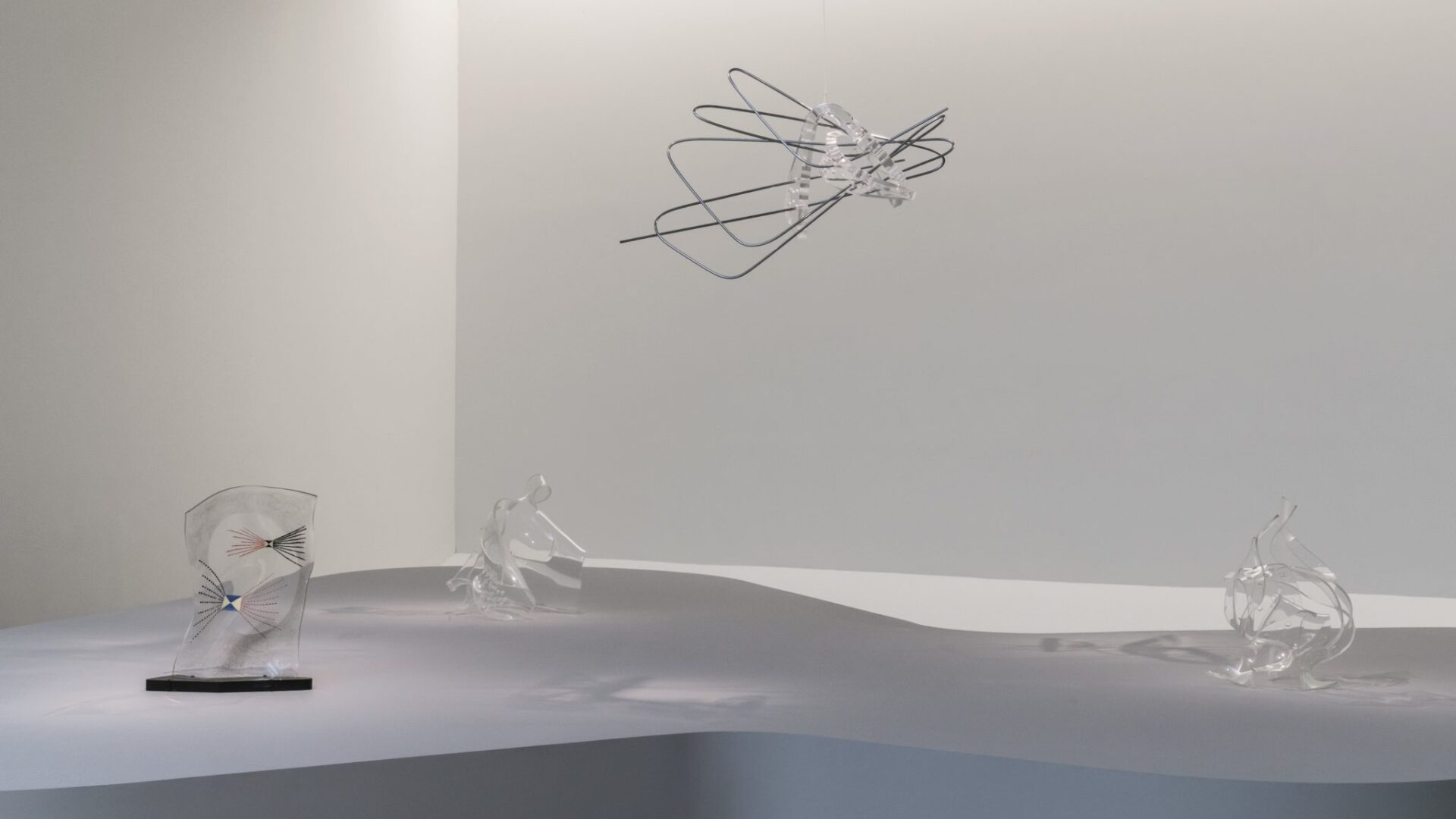
Moholy-Nagy: Future Present is organized by the Solomon R. Guggenheim Foundation, the Art Institute of Chicago, and the Los Angeles County Museum of Art. After its debut presentation, this exhibition will travel to Chicago from October 2, 2016 – January 3, 2017, and Los Angeles from February 12 – June 18, 2017
